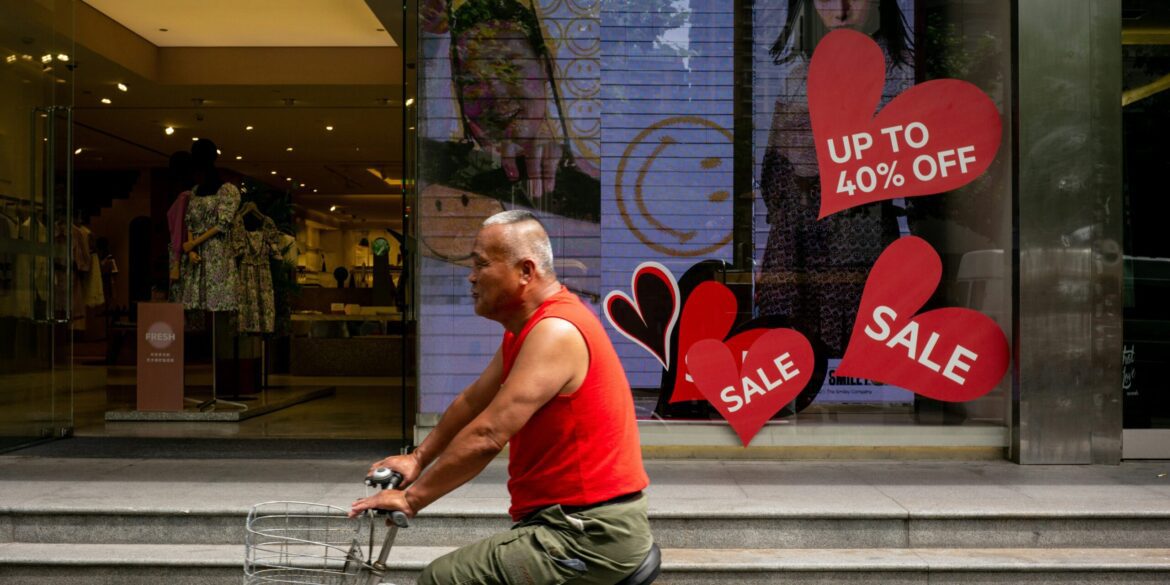U.S. retailers have dramatically expanded their summer sale programs this July, positioning themselves as legitimate alternatives to Amazon’s extended Prime Day, which ran from July 8 to 11. Classic retail powerhouses Walmart, Target, Best Buy, and Kohl’s are offering major promotions that sync with the largest mid-year online shopping event, signaling a coordinated strategy to capture the back-to-school and budget-conscious consumer.
Amazon shifted its annual event to a four-day format this year—its longest ever—reportedly driving significant online spending. Adobe Analytics projected U.S. online sales to reach a record-breaking $23.8 billion during the period, representing a 28.4 percent year-over-year increase.
Walmart aligned its “Deals” event with Prime Day, extending it one day longer through July 13. Early access for Walmart+ members began on July 7 at 7 pm ET. Unique to Walmart this year, deals were available both online and in-store, reflecting its hybrid retail model and broader outreach.
Target’s “Circle Week” kicked off on July 6, with early access to Circle 360 members beginning on July 5. The retailer promoted 2024 pricing on key back-to-school essentials and offered exclusive 20 percent discounts for verified students and teachers, strengthening its value-oriented appeal to families.
Best Buy revived its mid-year “Black Friday in July” sale, running from July 7 through July 13. The electronics retailer framed the event as its “biggest summer sale,” featuring deep discounts across tech categories to rival Prime Day offerings.
Kohl’s extended its Summer Cyber Deals to four days, ending on July 10. This marked a doubling in duration compared to 2024. The promotion included free shipping, daily doorbuster deals, and Kohl’s Cash rewards—$10 for every $50 spent—designed to reward loyal shoppers and draw online traffic.
July has increasingly become a crucial purchasing period as retailers aim to get a head start on the back-to-school shopping window. Consumers are investing in backpacks, stationery, kids’ apparel, dorm items, and electronics. Adobe forecasted significant category surges, including a 225% rise in backpack and lunchbox sales and a 220% increase in kids’ apparel compared to normal July averages.
Economic uncertainty, ongoing inflation, and new tariff implementations are prompting consumers to seek the best value possible. Financial analysts from Bank of America and JP Morgan noted that extending Prime Day and offering competing sales provided relief to consumers facing price pressures across everyday goods.
Amazon differentiated itself with timer-based lightning deals and new perks, such as fuel discounts and a 5% cashback program for Gen Z shoppers aged 18 to 24. In contrast, Walmart and Target relied heavily on their loyalty programs—Walmart+ and Circle 360—to build customer engagement. Target’s student and teacher discounts and Kohl’s cashback incentives added additional hooks to drive purchase intent.
Best Buy took a product-centric approach, concentrating on consumer electronics to capture a niche in which it maintains dominance. Meanwhile, Walmart, Target, and Kohl’s pursued a broader selection that included school supplies, home goods, apparel, and small appliances, aiming for cross-category appeal.
Retail analysts observed that this year’s approach from competing retailers helped elevate July into a multi-merchant shopping festival rather than a single-brand event. The layered promotional calendar gave consumers greater flexibility and options, fostering a more competitive and accessible mid-year shopping environment.
While expanded sales events created strong value for shoppers, they may have reduced the urgency traditionally associated with Prime Day. Early reports suggested Amazon’s day-one sales dropped 41% compared to 2024, potentially due to the longer promotional period and retail overlap, which gave consumers more time and less pressure to buy immediately.
Nevertheless, Adobe and other forecasters predict that total online sales during this July shopping blitz will approach $24 billion, suggesting that the overall appetite for deals remains high even if spending patterns are more spread out. This signals robust consumer engagement, albeit with a more discerning approach to timing and channel choice.
For shoppers, these overlapping events offered new ways to strategize savings. Electronics often proved cheapest at Best Buy or Amazon, while back-to-school essentials were more competitive at Target or Walmart. Membership programs added exclusive perks, and tools like price trackers and cashback extensions helped maximize returns.
Rather than relying solely on Prime Day, consumers now benefit from a more diverse and competitive sales landscape. July 2025 has reshaped mid-year shopping into a multi-brand experience that serves a broad demographic, particularly families preparing for the school year. Whether this format becomes a new norm remains to be seen, but the evolution is clearly underway.

